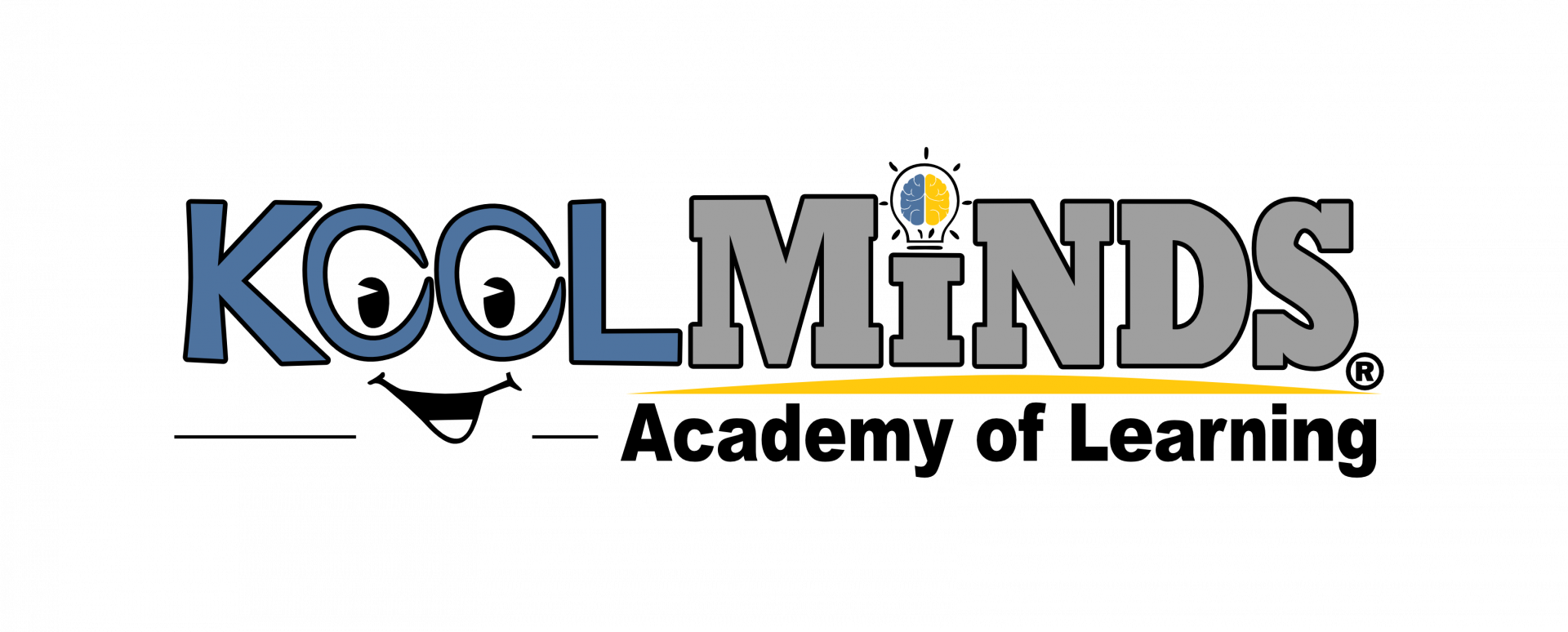Our Approach to Academic Remediation
Five Essential Components of Reading
Reading is a very complex
cognitive process.
We often think of reading as one singular act but our brains are actually engaging in a number of tasks simultaneously each time we sit down with a book.
Scientific research shows that there are five essential components of reading that we must be taught in order to learn to read.
At KoolMinds, we follow the 5 Components of Reading which include: Phonemic Awareness, Phonics, Fluency, Vocabulary and Comprehension.
These five components work together to create the reading experience.
We must develop skills in all five of these areas in order to become a successful reader.
We often think of reading as one singular act but our brains are actually engaging in a number of tasks simultaneously each time we sit down with a book.
Scientific research shows that there are five essential components of reading that we must be taught in order to learn to read.
At KoolMinds, we follow the 5 Components of Reading which include: Phonemic Awareness, Phonics, Fluency, Vocabulary and Comprehension.
These five components work together to create the reading experience.
We must develop skills in all five of these areas in order to become a successful reader.
Learn more about each of the 5 components
-
Phonemic Awareness
Phonemic Awareness is recognizing and using individual sounds to create words. We need to be taught to hear sounds in words and that words are made up of the smallest parts of sound, or phonemes.
Learn more about Phonemic Awareness -
Phonics
Phonics is understanding the relationships between written letters and spoken sounds. We need to be taught the sounds individual printed letters and groups of letters make. Knowing the relationships between letters and sounds helps us recognize familiar words and “decode” new words.
Learn more about Phonics -
Fluency
Fluency is developing the ability to read accurately and quickly. We must learn to read words rapidly and accurately in order to understand what is read. When fluent readers read silently, they recognize words automatically. When fluent readers read aloud, they read effortlessly and with expressions. Readers who are weak in fluency read slowly, word by word, focusing on decoding words instead of understanding what they are reading.
Learn more about Fluency -
Vocabulary
Vocabulary development is learning the meaning and pronunciation of words. We need to actively build and expand our knowledge of written and spoken words, what they mean and how they are used.
Learn more about Vocabulary -
Comprehension
Reading comprehension is the ability to understand, remember and talk about what is read. We need to be taught the steps good readers use to make sure we understand what we are reading.
Learn more about Comprehension
Orton-Gillingham Principles
Our trained instructors follow a set of principles whenever they plan and/or execute a lesson with a student. These principles uphold the integrity of the approach.
Cumulative
Smoothly making connections consistently between older concepts and new concepts taught. Scaffolding in review that ensures mastery and done from Simple Complex.
Diagnostic
Teachers assess and create lessons based on where the child is in their current reading ability. Concepts and skills are taught for mastery.
Emotionally Sound
Since O-G is always reviewing previously taught material, students get lots of repeated practice, which is confidence building. Students who experience this confidence develop a positive attitude toward the learning process.
Explicit
Teachers use direct instruction. Students are taught the rules, generalizations and structure of the English language.
Flexible
Teachers have the freedom to change the direction of a lesson plan based on a student's performance.
Language-Based
Orton-Gillingham lessons devote time to studying all aspects of language, it's history, how it works and how it affects learning.
Multisensory
Visual, auditory, tactile and kinesthetic techniques are incorporated simultaneously throughout all parts of the lesson.
Learn more about multisensory instruction
Prescriptive
Teachers make decisions for instruction based specifically on the needs of the individual child.
Systematic and Sequential
Lessons follow a specific order or progression and build on previously taught material.
What is the Orton-Gillingham Approach?
At KoolMinds, we use the Orton-Gillingham Approach which is a direct, explicit, multisensory, structured,
sequential, diagnostic, and prescriptive way to teach literacy when reading,
writing, and spelling does not come easily to individuals, such as those with
dyslexia.
It is most properly understood and practiced as an approach, not a method, program, or system. In the hands of a well-trained and experienced instructor, it is a powerful tool of exceptional breadth, depth, and flexibility.
It is most properly understood and practiced as an approach, not a method, program, or system. In the hands of a well-trained and experienced instructor, it is a powerful tool of exceptional breadth, depth, and flexibility.

The essential curricular content and instructional practices
that characterize the Orton-Gillingham Approach are derived from two
sources:
First, from a body of time-tested knowledge and practice that has been
validated over the past 80 years.
Second, from scientific evidence about how individuals learn to read and write; why a significant number have difficulty in doing so; how having dyslexia makes achieving literacy skills more difficult; and which instructional practices are best suited for teaching such individuals to read and write.
The Orton-Gillingham Approach is focused upon the learning needs of the individual student.
Our trained Orton-Gillingham (OG) instructors design lessons and materials to work with students at the level they present by pacing instruction and the introduction of new materials to their individual strengths and weaknesses.
Students with dyslexia need to master the same basic knowledge about language and its relationship to our writing system as any who seek to become competent readers and writers. However, because of their dyslexia, they need more help than most people in sorting, recognizing, and organizing the raw materials of language for thinking and use. Language elements that non-dyslexic learners acquire easily must be taught directly and systematically.
Our trained Orton-Gillingham (OG) instructors design lessons and materials to work with students at the level they present by pacing instruction and the introduction of new materials to their individual strengths and weaknesses.
Students with dyslexia need to master the same basic knowledge about language and its relationship to our writing system as any who seek to become competent readers and writers. However, because of their dyslexia, they need more help than most people in sorting, recognizing, and organizing the raw materials of language for thinking and use. Language elements that non-dyslexic learners acquire easily must be taught directly and systematically.
Who We Are
Dedicated team of instructors, teachers, professionals, moms, dads, and communities looking to make a difference in these bright but struggling students.
Featured Links
Copyright © 2025
#1 This is a title
#2 This is a title
#3 This is a title
Thank you
for your interest!
A KoolMinds representative will be in touch soon.
If you'd like to speak to someone now,
please call 866.566.5637
Questions?
Call or Text Us Now
866-566-5637

